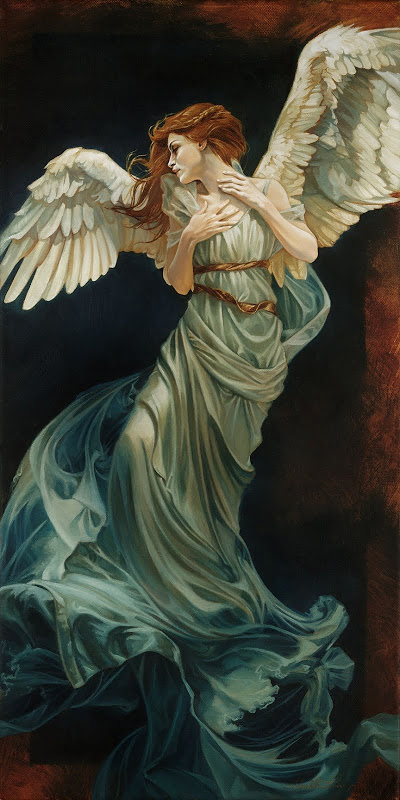 |
| Heartbroken |
In review of the crazy year that was 2017, I’ve been thinking a lot about my art and why I create it. I’ve read and reread over my previous blog entries here on Muddy Colors, as well as many, many of the others posted by other contributors. And in doing that, as it almost always does, I am driven to search for more answers, more enlightenment and a better understanding of the why’s and how’s of everything in which I invest my time. In that quest, I have managed to stumble onto a number of interesting perspectives and a treasure trove of intriguing research.
Inherently, of course, I was drawn to research on the arts. More specifically, on the healing qualities of creating art. I know that most, if not all, of the contributors on Muddy Colors probably understand the concept of the healing properties of creating artwork, as do the majority of those who visit this site. There is a level of emotional release, peace, accomplishment or exultant triumph that is achieved at the culmination of creative process. So my purpose here is not necessarily to preach to the choir. The challenge instead—and a good one to put in place for the new 2018 year—may be to share some of what we as artists enjoy with the rest of the world, who often claim to be “artistically disadvantaged”.
One might wonder where I’m going with all of this. Well, that would be a good question. The idea springs from encounters I’ve had at least once at every show, workshop, lecture or presentation that I’ve ever taken part in.
Invariably, I am always asked how I got to be “so creative”, or told, “I could never be an artist”, or “I can’t even draw a straight line to save my life”, or something along those lines. My first response is that I can’t draw a straight line either, sometimes even with a ruler—but that’s beside the point. What follows that silly response is something that I think everyone should hear, and I try to always tell them this:
Everyone should create art.
Okay, so you’re just going to have to run with me on this for a minute. I’m an artist by trade. It would seem counterintuitive to tell everyone to try to do what I do for a living. Why would I want to initiate more competition than I already have? Yikes, I shouldn’t go there, you say. Yeah, you might be right. But that’s not what I’m going for here.
If I go back to my previous evaluation about myself and the other artists who congregate here, it would become immediately apparent the reasons why everyone should create art. Every human, regardless of his or her level of artistic prowess, should be able to achieve emotional expression, peace, accomplishment and exultant triumph—or the innumerable other emotional byproducts—that come of creating.
I’m not saying that everyone should make their career as an artist. I would like to think there’s proper reasoning behind having a portion of the population be physicians, electricians, bankers, plumbers, and even fast-food drive-through attendants. What I am saying is that there are significant, even powerful reasons for encouraging the creation of art by all people. One of these reasons is particularly important to me—the healing power of creating.
This isn’t a new concept for most artists. Most of us already understand it. Much of the rest of the world has yet to discover this though, and when I’ve had the privilege of realizing that in other’s lives, the light that it turns on in them is phenomenal. It’s not that they end up producing a masterpiece. They may not have even accomplished much more than a few stray brush strokes on a stretch of canvas. But what I’ve found to be true is that creating art produces vulnerability, and where vulnerability is allowed in a safe environment, encouraged and affirmed during practice, psychological healing begins to take place. And when healing begins to take place, balance begins to be restored in the soul, which leads to greater self esteem, which further leads to increased freedom to accomplish and to become something more. All good, right?
I’ve recognized this phenomenon within my own creative process. If I allow myself mentally free movement during creative development, only pulling the gathered emotions, concepts or revelations together in the end with technique, the result is far more intuitive and powerful than if I attempt to manipulate the process. It then becomes a way for me to heal hidden wounds, work through burdensome experiences and grow positive attributes in myself. I am the patient and the creative method the physician.
Art Therapist, Shaun McNiff, wrote of his observations in his “Art Cottage” healing facility that, “empowering the patient artists as decision-makers and creators increased their sense of belonging and responsibility. …Creative transformation was stimulated by a “social ecology” involving flexible and open interaction, listening, the sharing of decisions, learning from mistakes, trust in people, and a pervasive sense that process was more important than the goal itself.”
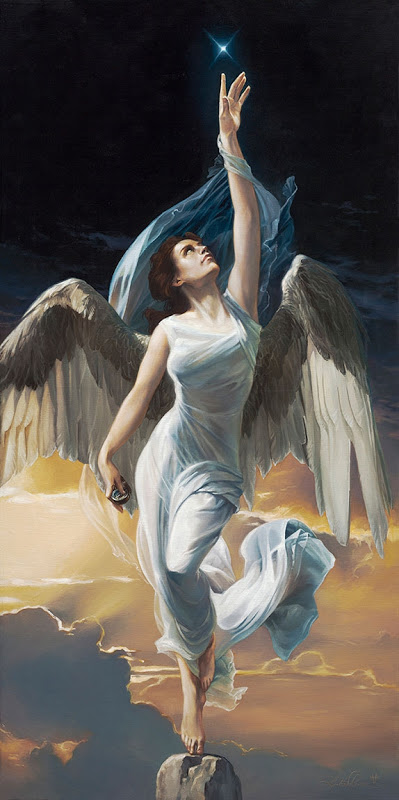 |
| To Touch A Star |
It can’t be overstated that encouraging creativity, often exemplified in the producing of art, results in more positive social interactions and the accomplishment of higher ambitions. Whenever I’ve participated in workshops including “non-artists” who are there to create for the first time, I have witnessed this to be true, so long as they allow themselves to be actively lucid in their approach.
McNiff goes on to state that, “We are discovering that not only will the medicines of art flow through every life situation but that the conditions of healing and treatment vary according to environments and the requirements of the people involved. Art adapts to every conceivable problem and lends its transformative, insightful, and experience-heightening powers to people in need. The medicines of art are not confined within fixed borders. Wherever there is in need, art presents itself as a resourceful healer.
…The core process of healing through art involves the cultivation and release of the creative spirit. If we can liberate the creative process in our lives, it will always find the way to whatever needs attention and transformation. The challenge, then, is first to free our creativity and then to sustain it as a disciplined practice.”
Of course, art does not profess to rid the world of suffering and wounds, nor are artists always healed people. Instead, art does something with those wounds because it realizes that the soul is lost when afflictions cannot be put to good use. Creativity engages breaking points and fashions fresh life from them. Art shows how the difficulty can contain its cure if channeled into life-affirming expression.
Nietzsche wrote in “The Birth of Tragedy” that when we are faced with the most dreadful circumstances, “art approaches as a saving sorceress, expert at healing. She alone knows how to turn these nauseous thoughts about the horror or absurdity of existence into notions with which one can live.”
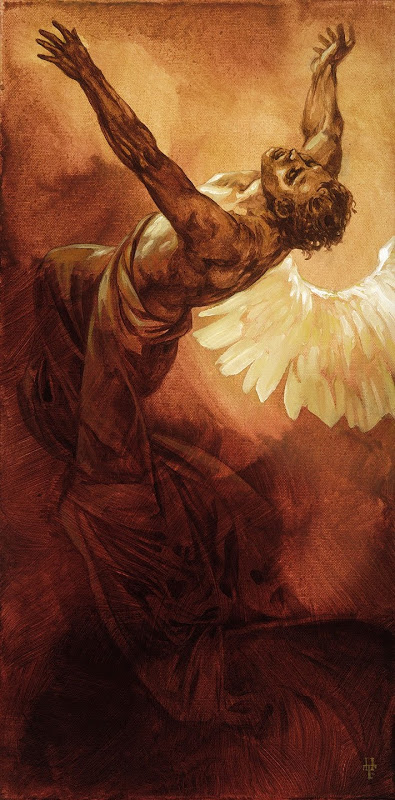 |
| Fallen II |
So I return to my challenge: that we make a little bit more time for those whose paths we cross to encourage creativity, the creation of art—in whatever form that may take—and the healing of souls.


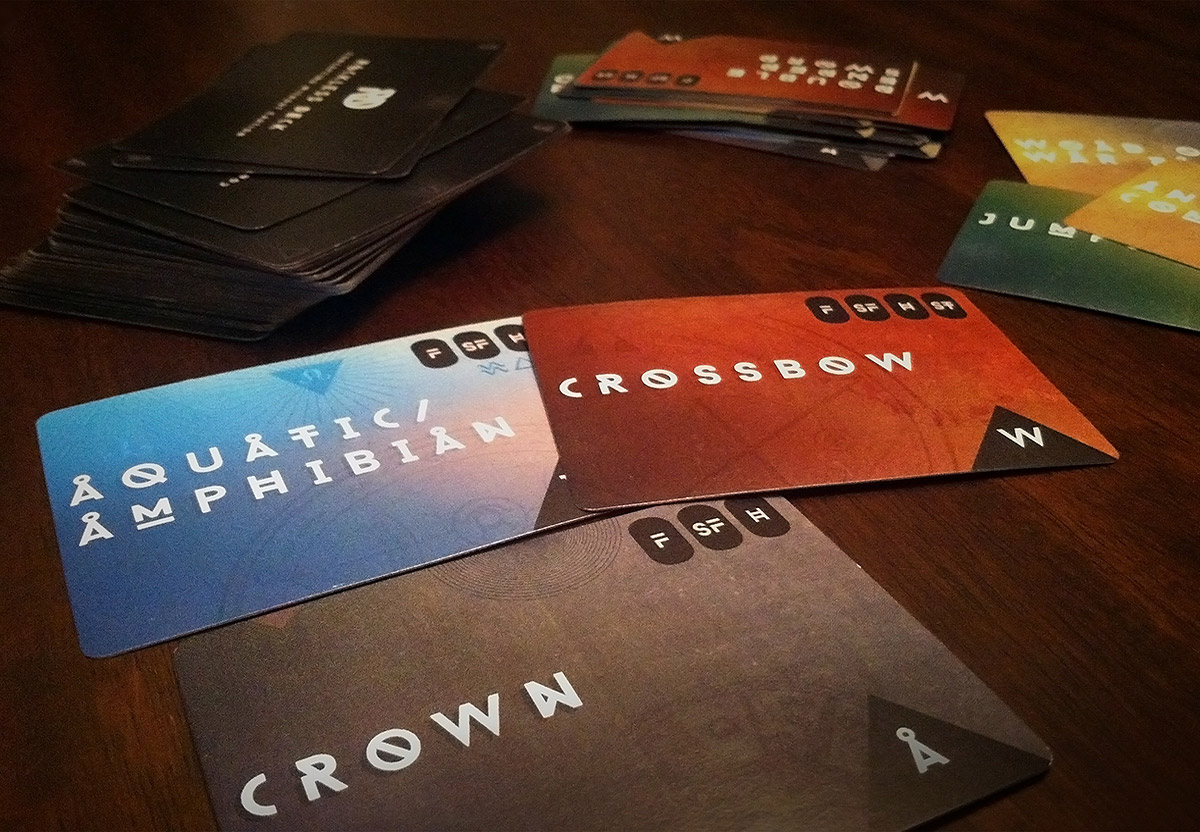
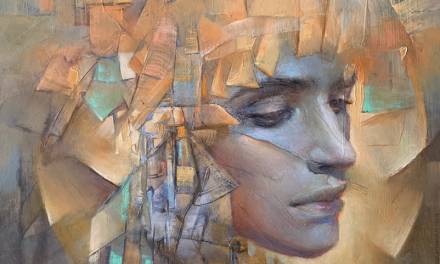
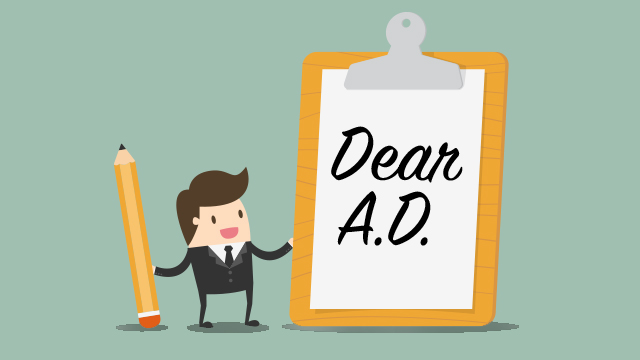
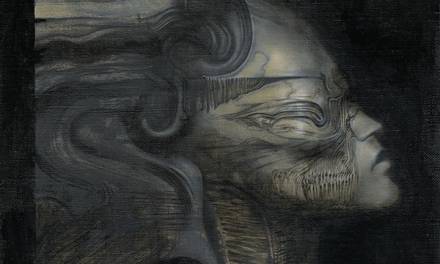

This is a pretty awesome article! I’d love it if you could further expand the line “But what I’ve found to be true is that creating art produces vulnerability.”
I understand that vunerability can come in the form of “Am I a good artist?”, “Will people like my work?”, “Can I finish well?” But as I read your post I suspect that you might be talking about something more personal between just the artist “and himself” so to speak.
I like your train of thought on art healing and creating balance since it relates very nicely to the fact that most (if not all children) create by instinct. I’ve seen my two daughters become very peaceful and quiet for a large chunk of time while creating gestural scribbles. They have no thought of “is it good?” “Does it look like a thing?” “Will anyone like it?”
Thanks again for taking the time to write and share your research!
-Nathan
Hi Nathan,
You’re right, much of our vulnerability comes from how we compare and contrast ourselves to the world and people around us. It can also, as you suggest, be between the artist and him/herself. What I think is additionally important to note is that vulnerability doesn’t necessarily have to be us (or the artist) pitting ourselves “against” anybody or anything. It’s simply a process of acknowledgement or opening up to what lies beneath and the possibility of change. Creating art without restraint tends to do this, hence the vulnerability because those emotions, acknowledgments or experiences that were previously “buried” take the creator out of their comfort zone, as it were, forcing them to view their world in a different light. It can be really quite revealing!
I’ve also enjoyed observing my own children and other children to whom I’ve taught art. When they create, it is amazing to watch when it “clicks”. There’s this moment where it goes from strained, struggling attention to cognitive details to an almost spontaneous flow of creativity. The rest of the world around them seems to melt away and they face the existence of what both lies within them and that of what outwardly faces them with a renewal of energy and excitement, while at the same time feeling completely at peace. The phenomenon is fascinating to witness.
Heather, thank you so much for the reply! I see now the vulnerability that comes with looking at the world differently and/or creating without restraint (self-imposed or otherwise). Allowing yourself to be able to discover something new about yourself or the world around you would come with the same vulnerability that “tags along,” so to speak, with humility. I’ve never thought about that aspect of humility. Or rather, I’ve never thought about it in those words before. So are you saying that since creating without restraint tends to bring about this sort of discovery of self or the world surrounding oneself and healing accompanies this act of discovery, that it is really the act of discovery that is the healing agent and that creating is just a really good vehicle for it? Or are you saying that creating is the ONLY way to achieve this sort of discovery?
My instincts (and experience) support the idea of “art as healing and growth.” And not just as healing and growth, but as the ONLY way to achieve a certain kind of growth and/or healing. Otherwise, I wonder why humans have always created from the beginning time. I’ve been looking for ways to concretely put all of this into words for almost 10 years now (I even wrote my college thesis on something very similar to your article). I’m almost always disappointed when I struggle to explain, in words, what happens. I struggle in explaining it even to myself. I sometimes wonder if by the very fact that art is not “scientific” and is a thing of the emotions that it may be impossible to completely describe this “process” and it’s particular effect in words. And by the “effect,” I mean the growth and healing peculiar to the act of creating. I’m reminded of Louis Armstrong’s line “If you have to ask what Jazz is, you’ll never know.”
Your article and your response to my question were very insightful and helpful. You have pointed out aspects of creating that before have passed without my specific notice. This is one of my favorite conversations.
Heather each time I listen or read any of your stories about your artist touches my soul to the core. As a therapist for years I’ve known the true reality of how art is healing in many ways and we encourage as as a means of creativity as much as healing. It’s a honor to read about your thoughts and how you take your own personal story and bring it to life. Thanks for your courage to share your story as well as sharing your beauty that you bring to life